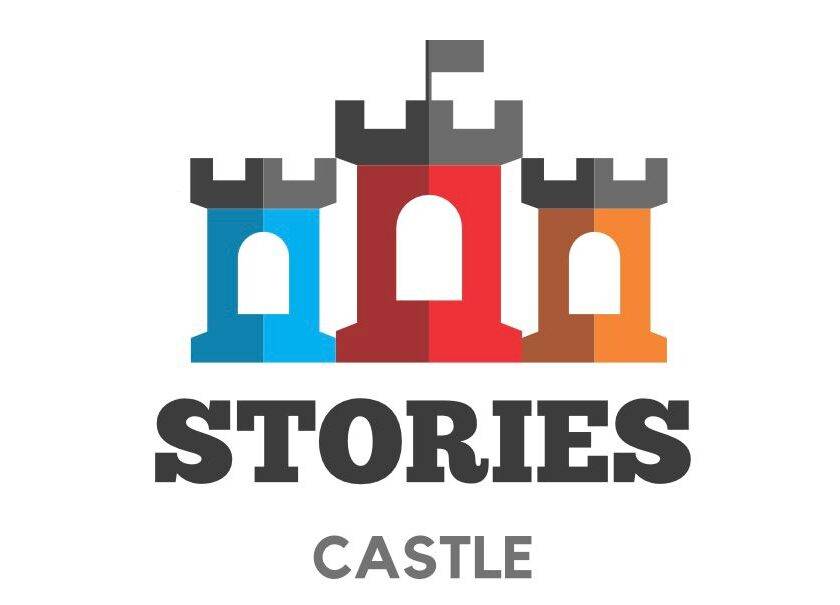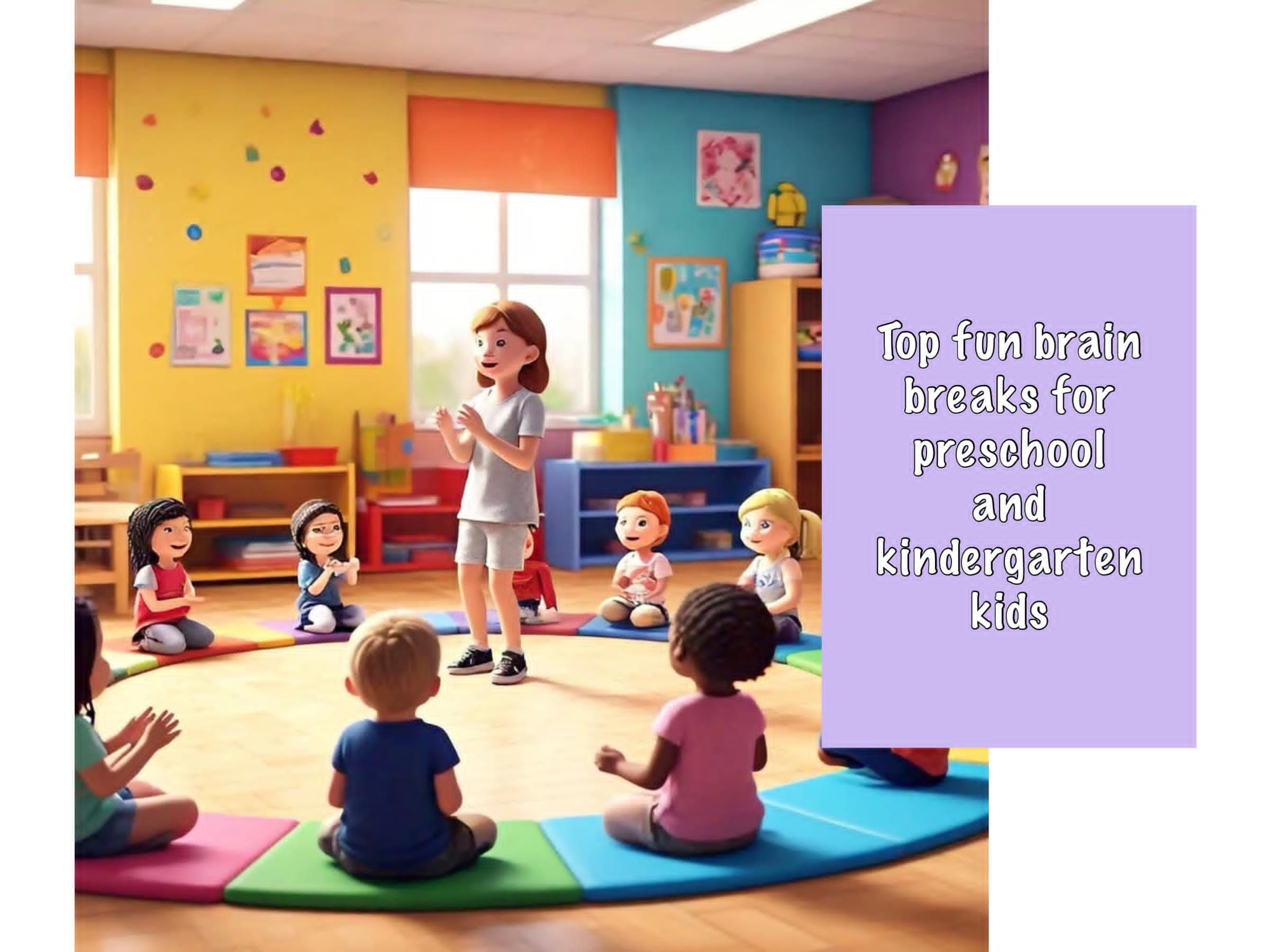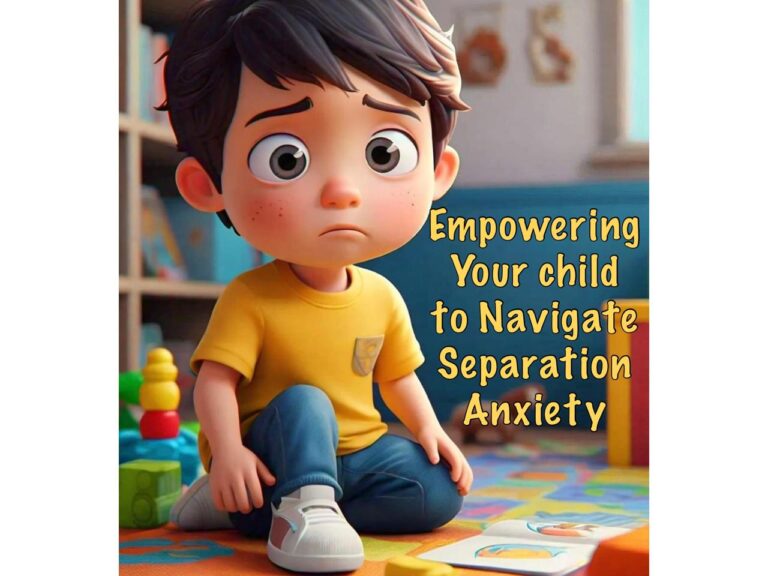Top Fun Brain Breaks For Preschool And Kindergarten Kids | A Parent’s Guide
Preschool and kindergarten are critical stages for children’s development, where play and fun learning significantly contribute to their growth. Incorporating engaging brain breaks can enhance focus and boost mental health, making learning enjoyable. These short, playful activities can provide necessary pauses during lessons, allowing kids to recharge and stay motivated.
Parents and educators often seek effective ways to integrate these breaks into daily routines. Simple strategies, like movement games or creative arts, can be beneficial and promote a positive atmosphere. Incorporating these fun brain breaks can make a notable difference in children’s engagement and overall well-being.
Understanding the importance of mental health in early childhood is crucial for parents and caregivers. By facilitating enjoyable breaks, children can improve their emotional regulation and develop essential coping skills. These activities not only support learning but also foster a joyful and balanced experience in their early years.
Understanding Brain Breaks
Brain breaks are short activities that help children refresh their minds and bodies. They play a critical role in enhancing focus, reducing stress, and promoting overall well-being for young learners.
Benefits of Brain Breaks for Young Learners
Brain breaks offer several key benefits for preschool and kindergarten children. These short, intentional pauses from structured tasks can:
- Improve Focus: When children engage in brief physical activities, it can boost concentration when they return to learning tasks.
- Enhance Mood: Fun and interactive brain breaks can elevate children’s spirits, leading to a positive classroom environment.
- Support Physical Health: Movement during these breaks contributes to physical activity, addressing the need for exercise in young children.
- Promote Social Skills: Group brain breaks encourage teamwork and communication, allowing kids to bond through shared experiences.
These benefits collectively foster a more conducive learning environment, making brain breaks essential in early education.
The Science Behind Brain Breaks
Research demonstrates that short breaks can significantly impact cognitive function and retention. Engaging in movement helps to:
- Boost Blood Flow: Physical activity increases circulation, delivering oxygen to the brain and enhancing cognitive performance.
- Regulate Emotions: Movement and play release endorphins, reducing anxiety and promoting emotional stability in children.
- Stimulate Brain Activity: Changing activities stimulates different parts of the brain, which can improve creativity and problem-solving skills.
Incorporating brain breaks into daily routines aligns with developmental needs, making learning more effective for young children. These scientifically backed practices are vital for both mental and physical health in early years.
Planning Brain Breaks
Effectively planning brain breaks involves understanding the right timing and establishing a consistent schedule. These elements ensure that children can recharge and refocus, promoting both their mental well-being and engagement.
Timing and Frequency for Brain Breaks
Brain breaks should be strategically timed throughout the day. It is often beneficial to incorporate breaks every 20 to 30 minutes during structured activities. This allows children to improve concentration.
Duration is also important. Short breaks of about 3 to 5 minutes can be ideal for simple movement or relaxation exercises. Longer breaks of 10 to 15 minutes can be utilized for more engaging activities.
Consider observing signs of fatigue or restlessness in children. These cues can signal when a brain break is necessary. Adjusting the timing based on individual needs encourages better responsiveness.
Creating a Brain Breaks Schedule
A structured schedule can help incorporate brain breaks seamlessly into the daily routine. Parents can create a simple chart that outlines when breaks will occur.
For example, a daily schedule might look like this:
| Time | Activity | Break Duration |
|---|---|---|
| 9:00 – 9:30 | Reading | 5 minutes |
| 9:35 – 10:00 | Interactive Game | 10 minutes |
| 10:10 – 10:30 | Art Project | 5 minutes |
| 10:35 – 11:00 | Group Discussion | 15 minutes |
This format helps children anticipate their breaks. Using visuals can also enhance understanding.
Flexibility is key. Adjust the schedule based on daily activities or energy levels. Regularly evaluating the effectiveness of the schedule can lead to improved outcomes for children’s focus and mental health.
Examples of Fun Brain Breaks
Introducing a variety of engaging brain breaks ensures that kids remain excited and refreshed throughout the day. Here are some simple yet effective activities to include:
1. Freeze Dance
Play a lively song and encourage children to dance freely. When the music stops, everyone freezes in their current pose. This activity is not only fun but also helps develop listening skills and motor coordination.
2. Animal Walks
Ask children to move like different animals. They can hop like a bunny, crawl like a bear, or waddle like a duck. This imaginative game promotes physical activity and sparks creativity.
3. Stretch and Breathe
Guide kids through simple stretches paired with deep breathing. For example, stretch their arms up like a tree or bend forward to touch their toes. This calming exercise helps reduce stress and refocus their energy.
4. Scavenger Hunt
Set up a mini scavenger hunt with items or shapes around the room. Kids can search for objects based on color, texture, or size. This activity enhances observational skills while offering a playful break.
5. Balloon Volleyball
Blow up a balloon and have the kids pass it to each other without letting it touch the ground. This game encourages teamwork and improves hand-eye coordination.
Tips for Making Brain Breaks Effective
- Keep It Short and Sweet
Preschool and kindergarten kids have short attention spans. Keeping activities brief, just 3–5 minutes is often enough to recharge their energy. - Make It Fun and Inclusive
Ensure that all kids can participate regardless of their abilities. Inclusive activities create a sense of belonging and teamwork. - Encourage Active Participation
Get involved! When parents or educators join in, it motivates children and adds to the fun. - Observe and Adapt
Pay attention to how kids respond to each activity. If they seem restless or disinterested, try switching to something more engaging.
FAQs
1. What are brain breaks, and why are they important?
Brain breaks are short, fun activities that give kids a chance to refresh their minds and bodies during structured tasks. They help improve focus, reduce stress, and enhance learning and mental health.
2. How often should brain breaks be incorporated into a child’s day?
Brain breaks should occur every 20 to 30 minutes during structured activities. They can be as short as 3–5 minutes for quick exercises or 10–15 minutes for more engaging activities.
3. Are brain breaks suitable for all children?
Yes, brain breaks are beneficial for all children. Activities can be adapted to suit different abilities and preferences, ensuring inclusivity.
4. Can brain breaks be used at home as well as in the classroom?
Absolutely! Brain breaks are easy to incorporate at home during homework, playtime, or even as part of morning and bedtime routines.
5. What are some examples of calming brain breaks?
Calming activities include deep breathing exercises, simple stretches, mindfulness practices, and quiet storytelling. These help children relax and refocus.
6. How do brain breaks support mental health?
Brain breaks reduce stress, regulate emotions, and release endorphins, promoting a positive mood and emotional stability in children.
Conclusion
Brain breaks are simple yet powerful tools that promote learning, physical health, and emotional well-being in preschool and kindergarten kids. By including these short, fun activities in daily routines, parents and educators can create a supportive environment where children thrive.
Remember: A happy, engaged child is more likely to develop essential skills, build confidence, and enjoy the process of learning. So, let’s make every day fun, active, and filled with little moments of joy. Visit us more often for more such amazing Parent’s Guide to Mental Health and Grooming Activities. We aim to be the best Online learning for kids website, Visit us more often for more such amazing guides.








